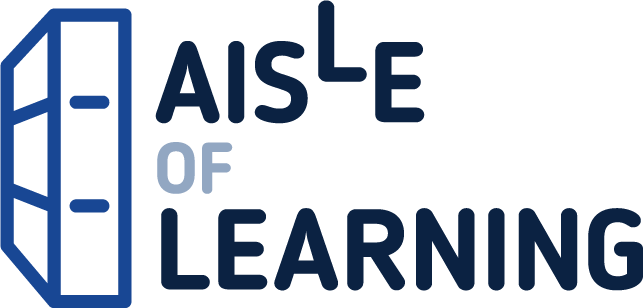Introduction to Rubrics: An Assessment Tool to Save Grading Time, Convey Effective Feedback, and Promote Student Learning
$31.19
This eBook explains how to use rubrics as an effective assessment tool to improve grading efficiency and student learning.
Introduction to Rubrics: An Assessment Tool to Save Grading Time, Convey Effective Feedback and Promote Student Learning
$10.00
This book provides a guide for educators on creating and using rubrics to improve grading efficiency and provide effective student feedback.
You need rubrics if: * You find yourself repeating the same comments on most student papers * You worry that you’re grading the latest papers differently from the first * You’re concerned about communicating the complexity of a semester-long assignment * You question the consistency of your and your colleagues’ grading scales * Grading is taking up far too much of your valuable time Research shows that rubrics save professors time while conveying meaningful and timely feedback for students, and promoting self-regulated and independent learning. The reason rubrics are little used in higher education is that few faculty members have been exposed to their use. At its most basic a rubric is a scoring tool that divides an assignment into its component parts and objectives, and provides a detailed description of what constitutes acceptable and unacceptable levels of performance for each part. Rubrics can be used to grade any assignment or task: research papers, book reviews, participation in discussions, laboratory work, portfolios, oral presentations, group work, and more. This book defines what rubrics are, and how to construct and use them. It provides a complete introduction for anyone starting out to integrate rubrics in their teaching. The authors go on to describe a variety of processes to construct rubrics, including some which involve student participation.They demonstrate how interactive rubrics–a process involving assessors and the assessed in defining the criteria for an assignment or objective–can be effective, not only in involving students more actively in their learning, but in establishing consistent standards of assessment at the program, department and campus level.
Additional information
| Weight | 0.281 lbs |
|---|---|
| Dimensions | 25.4 × 1.3 × 17.8 in |
Reviews
There are no reviews yet.
Introduction to Rubrics: An Assessment Tool to Save Grading Time, Convey Effective Feedback, and Promote Student Learning
$173.29
This book introduces educators to using rubrics as an effective assessment tool to improve grading and student learning.
This new edition retains the appeal, clarity and practicality that made the first so successful, and continues to provide a fundamental introduction to the principles and purposes of rubrics, with guidance on how to construct them, use them to align course content to learning outcomes, and apply them in a wide variety of courses, and to all forms of assignment. Reflecting developments since publication of the first edition, the authors have extended coverage to include:* Expanded discussion on use of rubrics for grading* Grading on-line with rubrics* Wider coverage of rubric types (e.g., holistic, rating scales)* Rubric construction in student affairs* Pros and cons of working with “ready-made” rubrics* Using rubrics to improve your teaching, and for SoTL* Use of rubrics in program assessment (case study)* Application of rubrics in the arts, for study abroad, service learning and students’ independent learning * Up-dated literature review
Additional information
| Weight | 0.59 lbs |
|---|---|
| Dimensions | 15.8 × 1.9 × 23.5 in |
Reviews
There are no reviews yet.
Introduction to Rubrics: An Assessment Tool to Save Grading Time, Convey Effective Feedback, and Promote Student Learning
$20.55
This book introduces educators to using rubrics as an effective assessment tool to improve grading and student learning.
This new edition retains the appeal, clarity and practicality that made the first so successful, and continues to provide a fundamental introduction to the principles and purposes of rubrics, with guidance on how to construct them, use them to align course content to learning outcomes, and apply them in a wide variety of courses, and to all forms of assignment. Reflecting developments since publication of the first edition, the authors have extended coverage to include:* Expanded discussion on use of rubrics for grading* Grading on-line with rubrics* Wider coverage of rubric types (e.g., holistic, rating scales)* Rubric construction in student affairs* Pros and cons of working with “ready-made” rubrics* Using rubrics to improve your teaching, and for SoTL* Use of rubrics in program assessment (case study)* Application of rubrics in the arts, for study abroad, service learning and students’ independent learning * Up-dated literature review
Features
- Used Book in Good Condition
Additional information
| Weight | 0.435 lbs |
|---|---|
| Dimensions | 17.8 × 1.4 × 25.4 in |
Reviews
There are no reviews yet.























Reviews
There are no reviews yet.